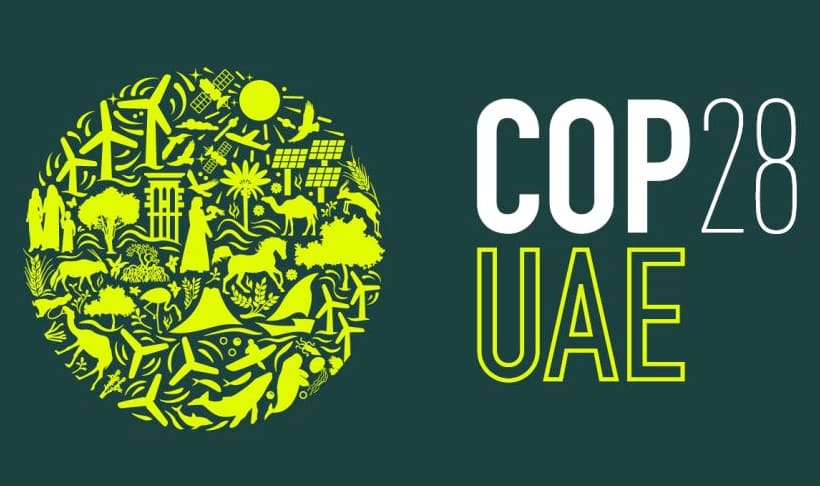$6.1 trillion of debt has high inherent physical climate risk exposure: Moody’s

With the COP28 climate talks beginning this week, Moody’s Investors Service has taken a look at the climate and environmental exposure inherent within rated global debt issuance, finding that the total has doubled since 2015 when the Paris Agreement climate change accord was signed.
“Total Moody’s rated debt held by sectors with high or very high environmental credit risk now exceeds $4 trillion, more than double the $2 trillion held in 2015 when the Paris Agreement climate change accord was signed,” Moody’s latest analysis shows.
“That means a range of global sectors will see their ability to pay their debts exposed to potentially greater risk from rising sea levels, hurricanes, carbon emissions, pollution, threats to biodiversity, and other environmental pressures,” the rating agency explained.
Moody’s Investors Service breaks down exposures into five categories of environmental risk that affect borrowers, physical climate risks, carbon transition, waste and pollution, water management, and natural capital.
Physical climate risk is the most relevant to our readers and it has the largest potential exposure, in debt issuance terms.
In total, Moody’s said that 14 sectors that between them hold $6.1 trillion in rated debt, have high inherent physical climate exposure.
This includes to risks such as rising sea levels, wildfires, water stress, extreme heat, increased frequency and severity of hurricanes, the rating specialist explained.
The climate change-driven hazards are typically what first comes to mind when many people think of environmental risk, Moody’s notes, and it comes down to more than just location.
“Geographic location can be a primary determinant of a company or government’s exposure to climate-related risks, but it is far from the only factor. For instance, the climate exposure of a large manufacturing company with factories in different countries will also depend on the relative importance of each factory to the company’s overall profitability and related transportation and supply-chain issues.
“Extreme weather events can also create credit challenges for regional and local governments. During the summer of 2022, heatwave-fueled wildfires raged across France and Spain, leaving a swath of economic losses and environmental damage in their wake,” Moody’s said.
This exposure is largely unmeasured and unquantified, in debt, credit and many other capital markets.
Of course, the one place it is measured, quantified and tracked, is in insurance, reinsurance and insurance-linked securities (ILS).
Previously, we’ve discussed the ideas of Rowan Douglas, a co-founder of Artemis and now the recently-appointed CEO of Climate Risk and Resilience at Howden.
Douglas has always said that climate exposures would become an input to broader credit risk and figures like these from Moody’s analysis lay bare just how significant an input climate risks are to global credit exposure, embedded within debt issuances.
Back in a 2021 video interview, Douglas told us that, “Climate, physical, transition and liability risks, are just going to become a mainstream input to credit decisions. So that’s going to obviously require credit enhancement, or climate credit enhancement.”
With such significant sums of rated debt having high inherent physical climate risk exposure, it’s clear that the need for risk transfer to protect against the financial impacts of physical climate risks can only grow.
At the same time, financing to work alongside risk transfer and fund resilience efforts, is also going to increasingly come into focus.
With so much physical climate risk exposure, it raises the questions of mispricing of instruments that have this type of risk embedded.
Currently, there is little being done to penalise issuers that hold significant physical climate risk, or issue securities with that risk embedded.
But, in time climate related exposures are going to become that input to credit risk and decisions, that Douglas had predicted.
At that point in time, instruments that can transfer or offset some of that exposure are going to become attractive options to those managing their credit profile and overall risk positions.
As rated debt exposed to climate related risks grows rapidly, this becomes a smart way of measuring what is an evident protection gap and the hope is that by measuring and quantifying this type of risk exposure, the market’s can develop new financial products and risk transfer tools to aid in mitigation and financing resilience.






